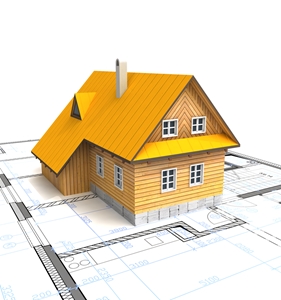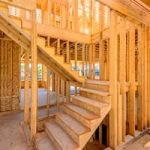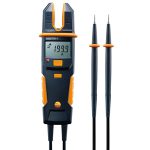There is no doubt that constructing a building from the ground up is an easy job. The task has the potential to be extremely specific, take months of hard graft and hours of intense design work.
However, this job could take significantly longer if the work is found to be sub-standard and below the expectations of the building owner or occupations. One of the most common building problems reported is in regards to indoor air quality.
Regarded in some cases as ‘Sick building syndrome’, the issues can be associated with problems in the heating, ventilation or air conditioning systems. This can cause unmonitored levels of carbon monoxide or carbon dioxide to leak into the building atmosphere and cause illness.
In fact, a 1984 World Health Organisation report suggested that up to 30 per cent of all new and remodelled buildings could contain air quality problems.
So how can building construction teams avoid this situation?
The right materials
The first way to avoid creating a potentially dangerous and unhealthy environment is to use the right materials. This is important because moisture and contaminants from building materials can seep into the atmosphere. Although these are mostly organic chemicals, mixed with cooking and washing gases, it can cause many health issues.
It’s also vital for designers to consider the physical environment when choosing building materials. With Australia’s vast hot and tropical climates, it will be useful to do some research to determine whether brick, wood or other building material is best for the occupant’s health in the long term.
The right personnel
The second consideration for building teams in relation to indoor air quality is to have best people on the job. Heating, ventilation or air conditioning systems aren’t very easy to install and it takes both training and technique to get it right.
The consequences of having the setup fail can be devastating both financially and for the company’s reputation which highlights how vital recruiting the most skilled workers is.
The right tools
The final way for construction teams to avoid costly delays and stress is to take advantage of the right tools. It is too easy for air quality systems to be installed without being tested and double checked.
Testo have a wide range of devices available that can measure carbon monoxide and carbon dioxide levels down to small amounts. The tools also have in-built alarm systems to alert teams to the problem.
For more information, contact the expert team at Testo today.









 Reduce cooking oil costs while ensuring quality
Reduce cooking oil costs while ensuring quality Expert knowledge on CO2 monitoring
Expert knowledge on CO2 monitoring Refrigeration knowledge - in 3 modules
Refrigeration knowledge - in 3 modules



